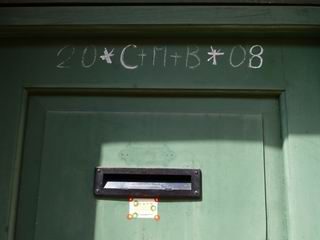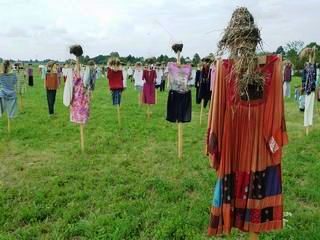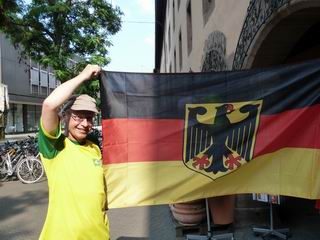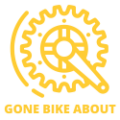
Rügen – Stralsund – Berlin – Dresden – Nürnburg – Augsburg
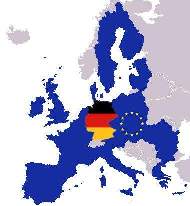
Our decision to cycle Germany this year was based on a very pleasant experience last summer in northern Germany on our way home from Denmark. The City Night Line train proved very convenient with a direct connection from Zürich to Seebad Binz, on the island of Rügen in the Baltic Sea. This was our starting point and the plan was to join a few major cities and cycle as far south as we could in 3 weeks. Our route brought us through former East Germany, quite close to the Polish and Czech Republic borders.
Rügen is Germany’s largest island and one of its most visited holiday destinations. It’s most famous for its white chalk cliffs and beachside resorts. What Darina was eager to see was the cute strand baskets that can be rented for the day as a wind shelter and hold all while on the beach.
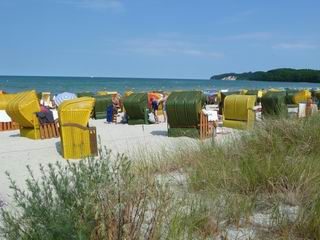
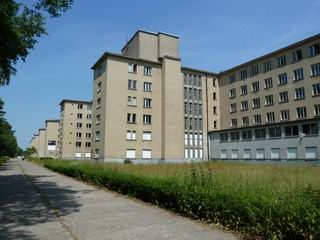
Between 1936 and 1939 the Nazi Regime built a massive holiday resort in Prora to provide accommodation for 20,000 citizens, who could spend a 10-day supervised holiday there. The 6-floor house extends for 5 km along the beach and was so designed that all rooms have a sea view. The Third Reich’s version of modern-day Benidorm.
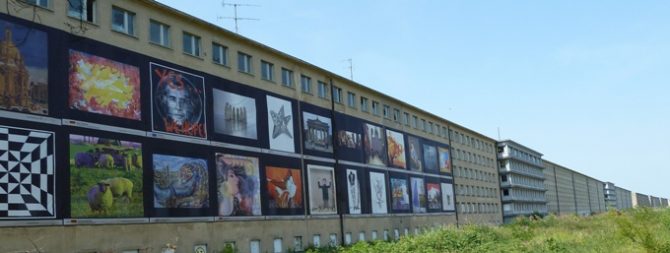
Frequent readers of Gone Bike About will be acquainted with Kurt’s ongoing luggage-rack problems. This time, he took precautions and invested in a new rack designed to hold up to 40kgs. However, he should have installed a new frame instead! 5 km down the track from the train station… his well-travelled blue frame decided it had had enough. Snap!
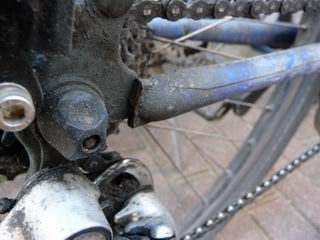
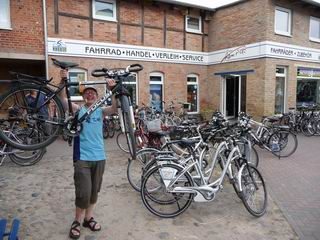
Of course it was Saturday afternoon and everywhere was closed until Monday. MacGyver was helpless, as this was more than a fast duct-tape job! The only viable option was to buy a new mountain bike and transfer everything (wheels, tyres, pedals, handlebar, rack, saddle etc.) to the new frame.
We made use of the waiting time by checking out the famous chalk cliffs, the quaint old town of Sassnitz and the seaside resort of Sellin
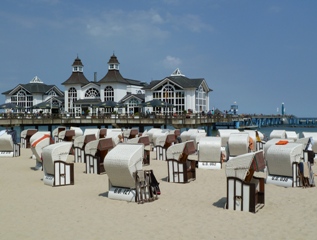

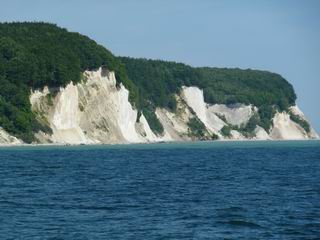
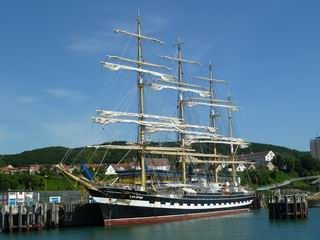
One of the world’s biggest sail boats, the Russian Kruzenshtern, happened to be in Sassnitz while we were there. It was quite the experience to walk around such a noble vessel and imagine life on board the high seas.
Lunch was in the form of rollmop sandwiches sold directly on the pier from a boat. Herring was also smoked on the boat for those who prefer kippers. A quick and tasty local speciality.
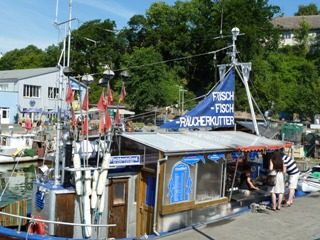


In addition, we witnessed Germany’s magnificent 4-0 victory over Argentina in the World Cup.
Once Kurt’s little machine was sorted, we headed round the north of the island and via traffic-free Hiddensee Island down to Stralsund on the mainland.
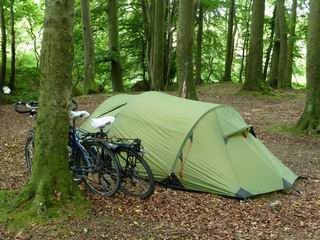



There is still the odd eerie remnant of the Cold War. The bunker vents up on Cape Arkona gave a real feeling of Big Brother watching you!
Stralsund has a very pretty old town, but what sets it apart is its award-winning Ozeanum museum in the harbour. With its spectacular architectural design and informative display cases on the northern seas and waterways, it’s no wonder it was awarded the European Museum of the Year title, 2010.

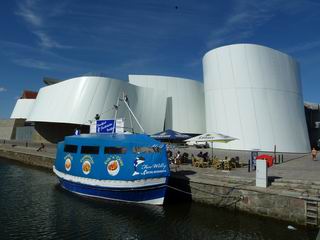

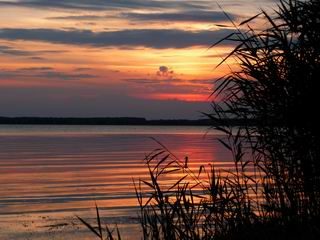
From there, although it was goodbye to the sea, the Mecklenburgische Seenplatte provided us with much relief from the persistent heat. This region north of Berlin is a maze of lakes and waterways formed during the last Ice Age. Cycling at 38 degrees Celcius is manageable when you can go for a dip every 10km.
The beauty of it all was that most lakes had a campground or two right on the shore, allowing us a refreshing start every day. Campgrounds were reasonably priced between 10 and 16€ per night for a tent and 2 adults.
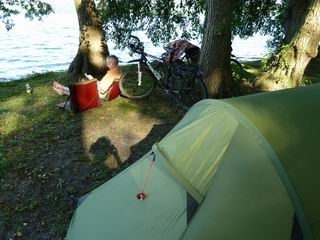
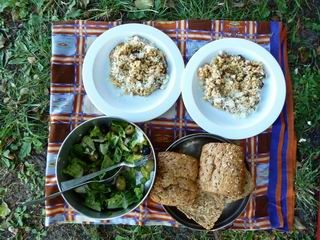
Our new petroleum stove was put to use for tasty risottos and pasta dishes. However, with a reasonably priced restaurant at most campgrounds, we often took the easy option after a long, tiring day on the bikes.

The bike trails were of varying degrees of user friendliness. Surfaces included ankle-deep sand, loose gravel, rough cement, haphazard concrete slabs, slippery cobblestones, overgrown cow lanes, patchwork tarmac and sometimes even beautiful sealed runways.
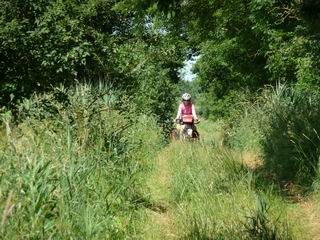



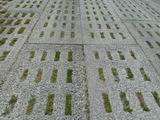
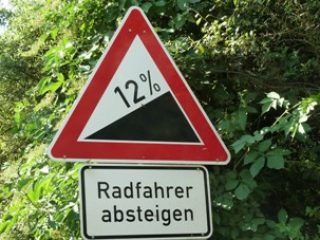
Road signs warned us of the many perils ahead… and even ordered us to get off the bikes when the descent reached 12% or the road surface was inferior! But, can anyone explain how you could have a roof avalanche with temperatures nearing 40 degrees Celsius?




North of Berlin we came across another stark reminder of past misguided politics. The Uckermark concentration camp was designed for young girls between the ages of 16 and 22 from Germany, Austria and Slovenia.
It is thought that 5,000 were murdered there. The endless cuckoo calls seem to echo the death knell to this very day. Sardonically, the camp is located just outside a village called Himmelspfort (Heaven’s Gate), called after a Cistercian monastery founded there in 1299.
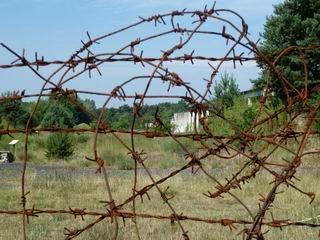
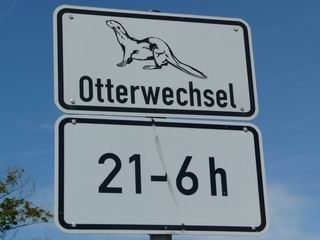
Motorists (and cyclists) are warned of the otters crossing the road from 9pm to 6am. Needless to say, in Germany the jokes aren’t about why the chicken crossed the road…
Camping in Germany can be quite the adventure, when at first light you unzip the tent to find yourself face to face with a hungry racoon! True! From the bike you’re likely to spot wildlife in the form of hedgehogs, wild pigs, frogs, storks, cranes, kingfishers, deer and frisky hares.
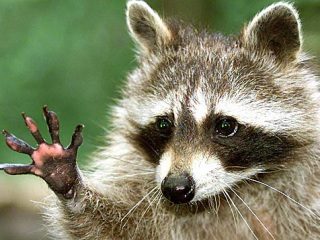
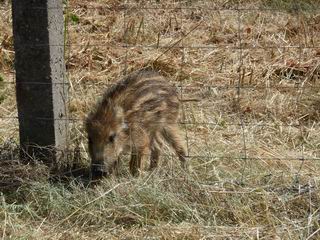

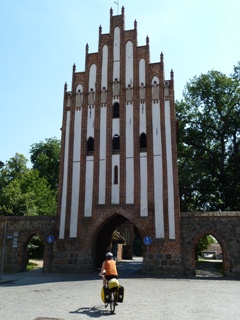
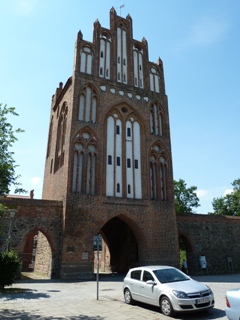
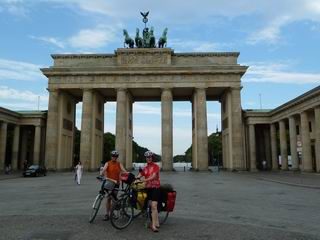
Berlin, a city of 3.4 million, is Germany’s capital and largest city. No visit to Berlin is complete without a visit to the Checkpoint Charlie Berlin Wall museum, the former border crossing point between the US and the Soviet sectors. The numerous accounts of life on both sides give a valuable insight into the recent history of this interesting city.

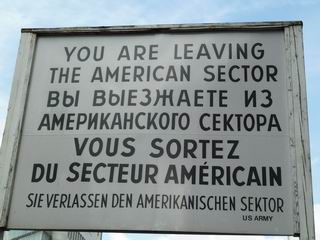
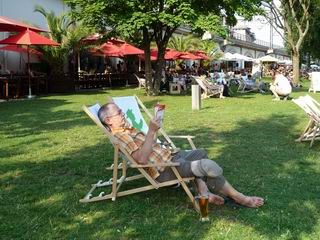



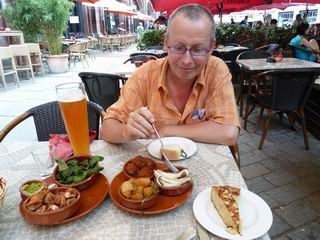
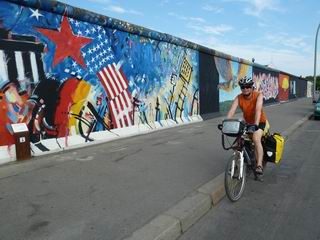
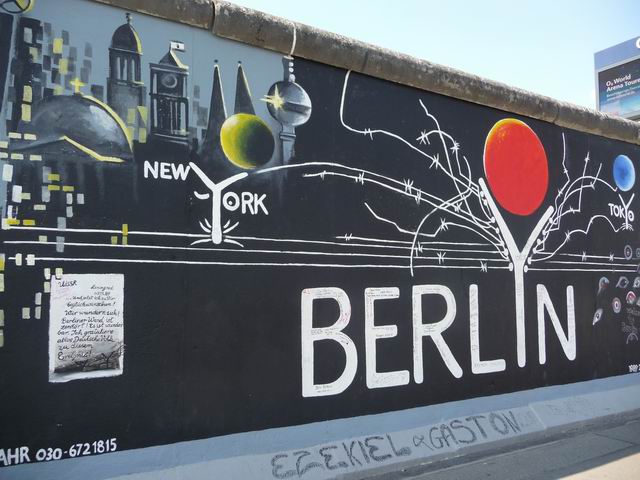
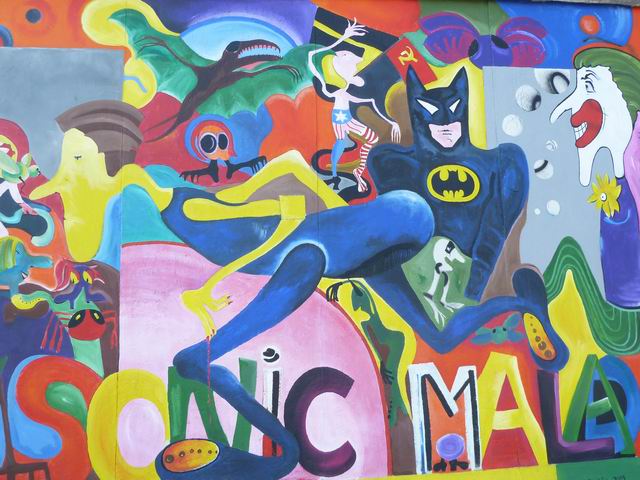
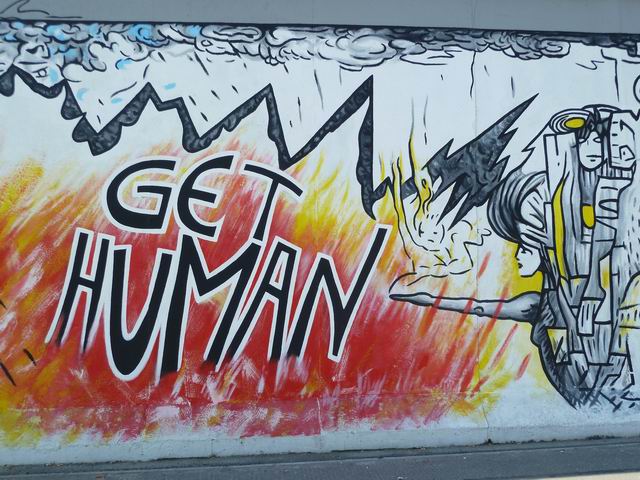
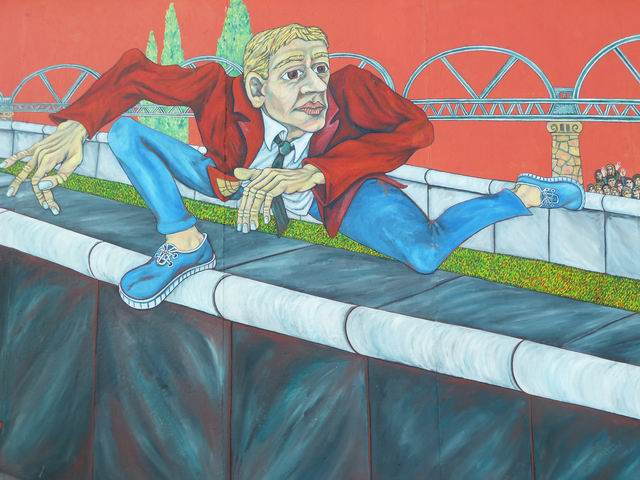
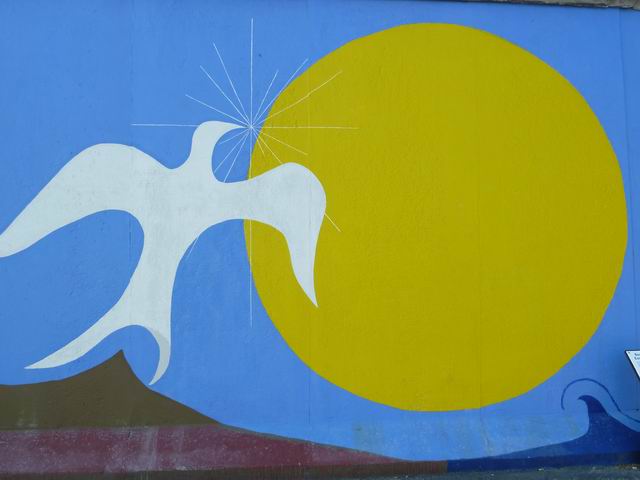
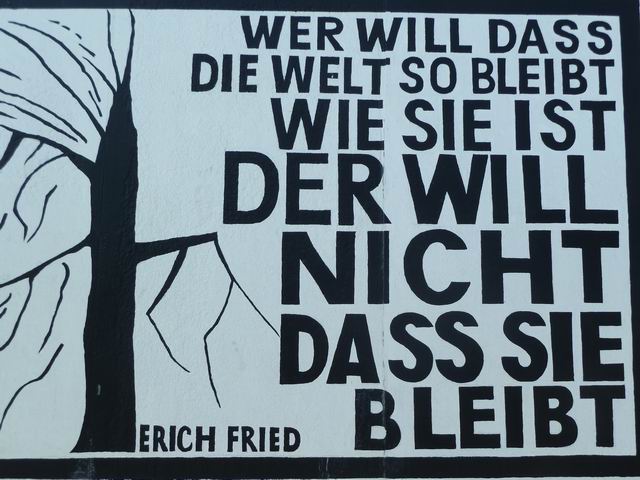


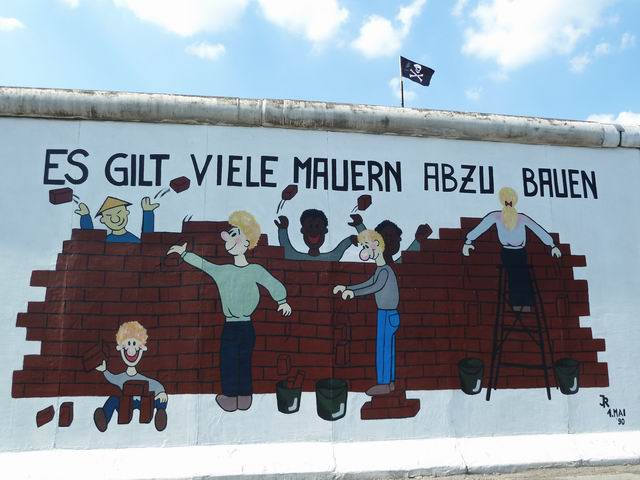
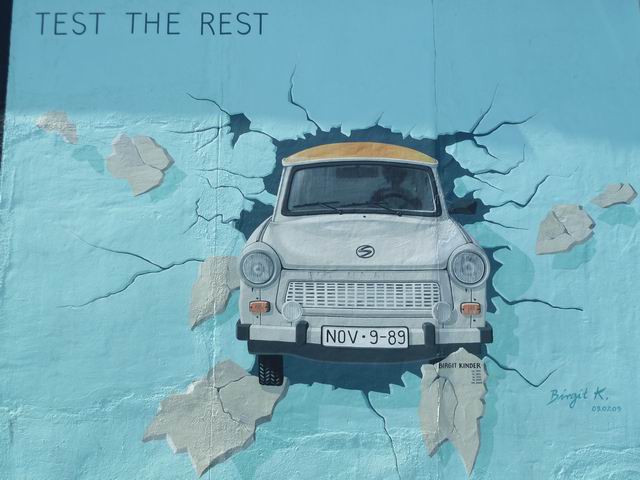
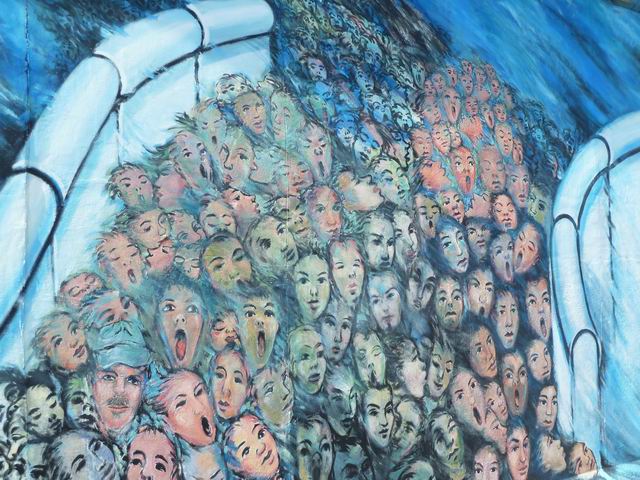

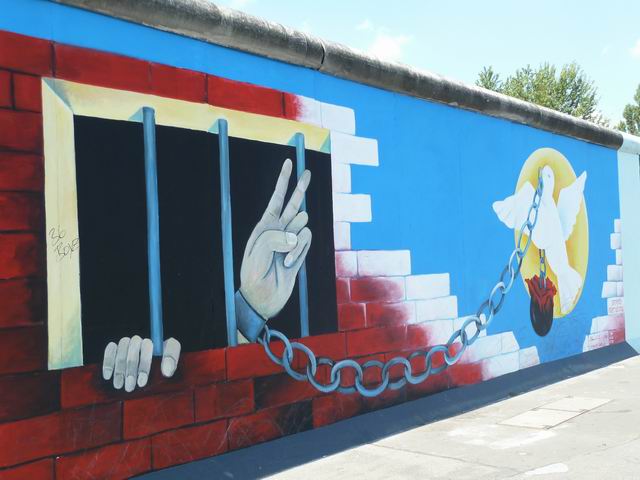

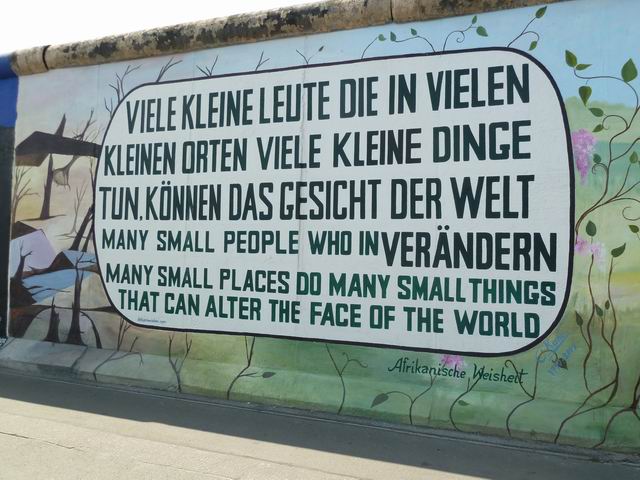


Berlin Wall slideshow
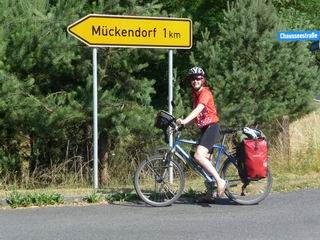
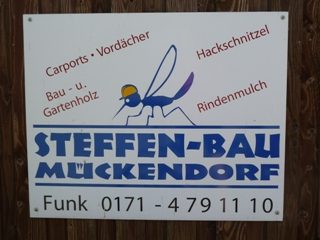
On the subject of signs, how about this for a welcome sign on your gate?
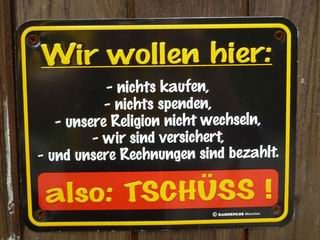
Here we:
– don’t want to buy anything
– don’t want to donate anything-
– don’t want to change our religion
– we are insured
– and our bills are paid.
So: Goodbye!


Dresden, totally rebuilt after one of the most devastating conventional bombings of the second World War, is a masterpiece of what can be done to bring a city back to mirror its former glory. If you’d like to read a literary account of the bombing, check out Kurt Vonnegut’s “Slaughterhouse 5”.
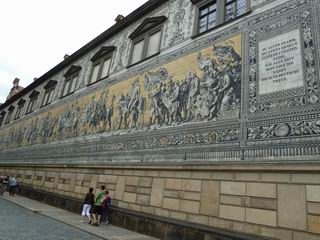
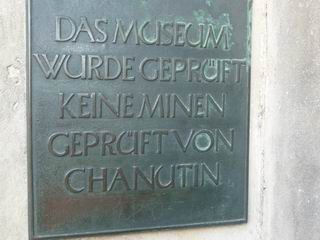

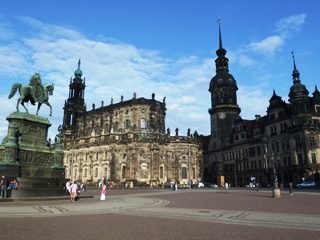
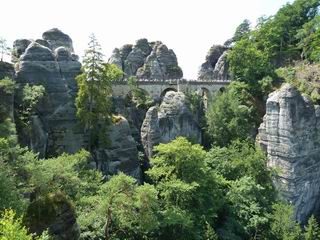

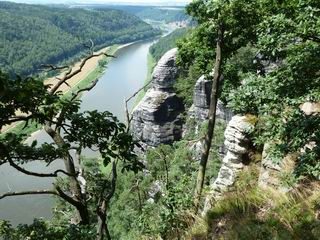
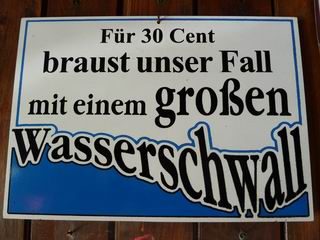
We were a tad disappointed with a miserable trickle of water referred to as The Falls. That was until someone pointed to the sign on the information centre:
For 30 cents our waterfall roars with a great gush!

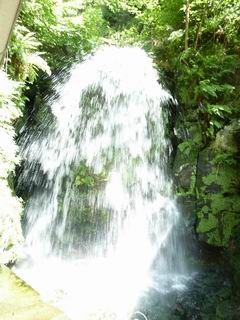

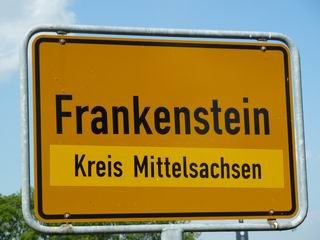
Nürnberg is the second largest city in Bavaria after Munich. This walled medieval city had great links to the Emperors of the Holy Roman Empire of the German nation.
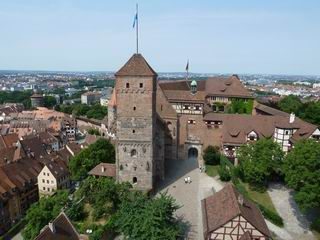
The Emperor’s castle was a meeting place for the hob nobs every second year, after which the city’s store rooms were empty of food and drink, and the local’s pockets full of silver and gold! Today it’s a thriving city with a population of a half a million, and very famous for its Christmas markets.
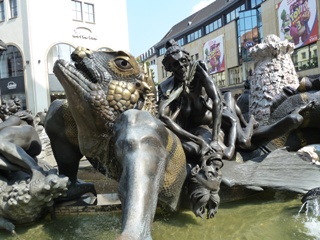




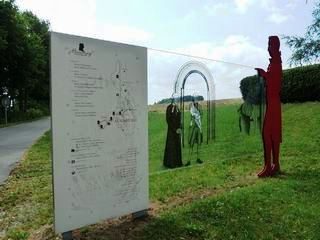
Augsburg was founded by the Romans, but is most famous for being the financial centre of the world in the late 16th century. It was a success because of its textile industry and a prominent merchant family, the Fuggers, that branched out into mining and banking.
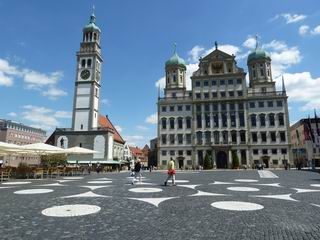

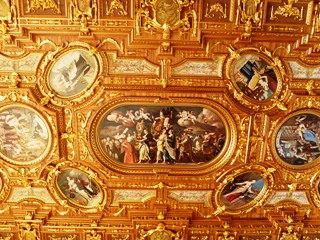
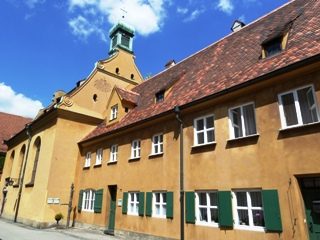
Many doors in Germany have a series of numbers, letters and stars chalked on the outside. They are connected with a neat Christmas tradition.
